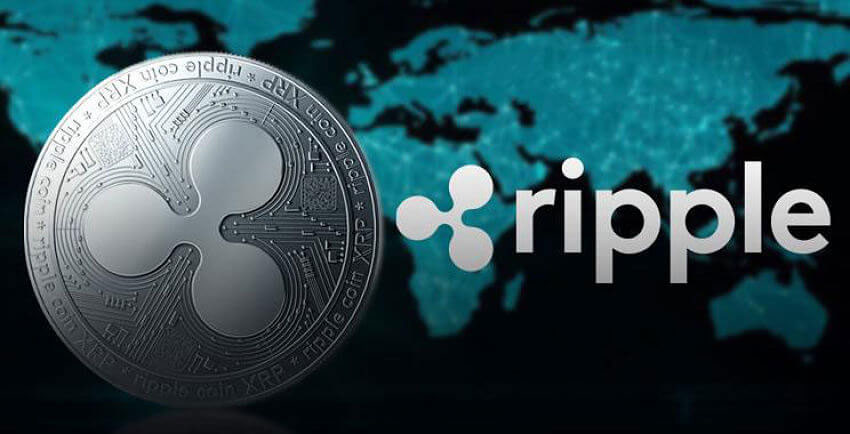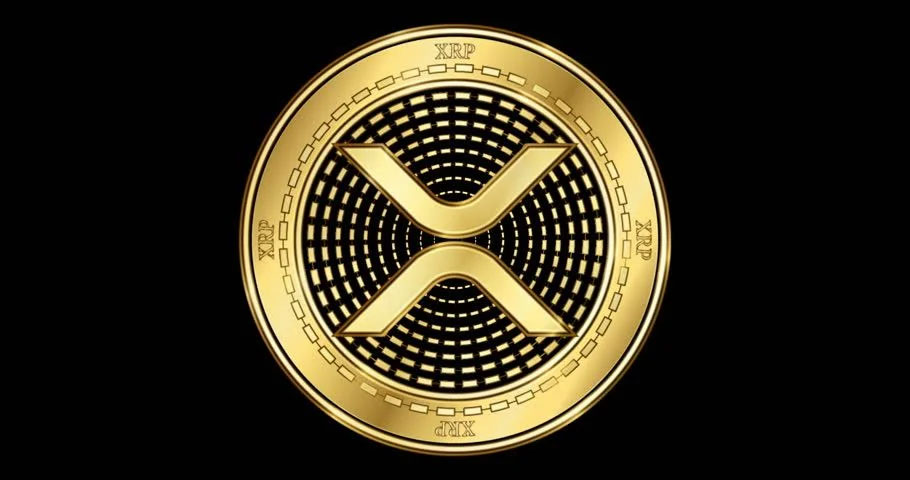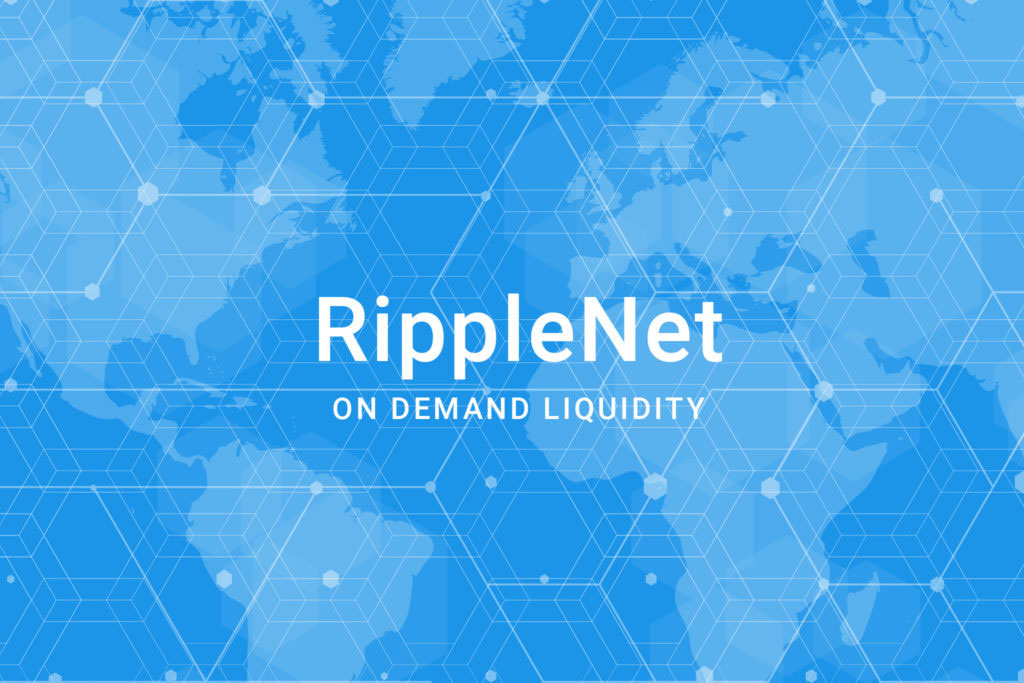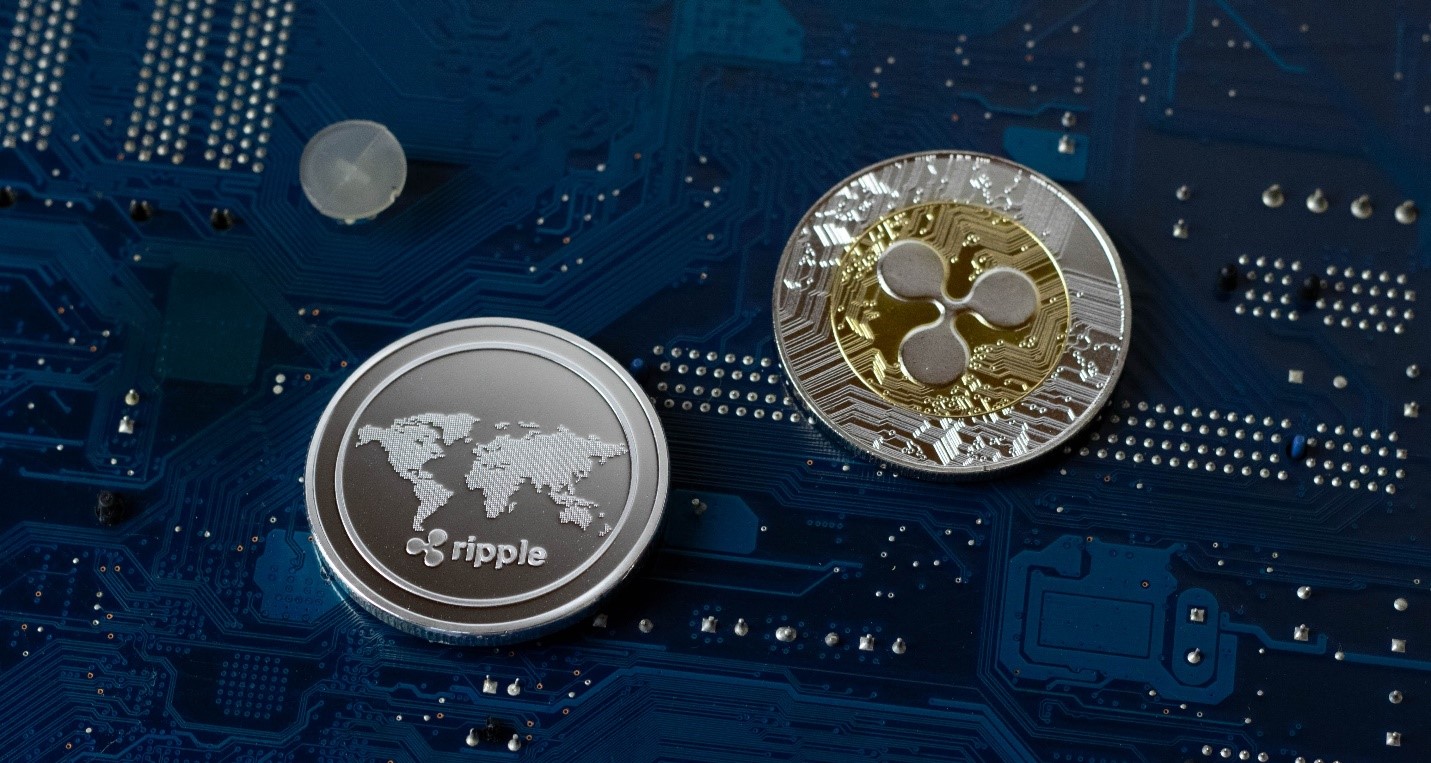
Ripple, as one of the best cryptocurrencies and the popular ones, has some flaws. These issues can affect its future greatly and may affect investors decisions. This is why it is important to learn about the disadvantages of Ripple. In this article, we are going to explain what are disadvantages of Ripple.
1. Pre-mining
The main issue that most people face with Ripple XRP and thus the main problem with Ripple is the way the company distributed XRP tokens. Ripple, the company behind the Ripple protocol and the one who created XRP, designed a network system with about 100 billion units of XRP in it. This number is fixed and is not going to increase nor will it decrease in the future. Because of this, no new coins have been created ever since XRP was launched. Of course, this method is not an unknown one at all. A good number of networks utilize a tactic called “pre-mining” a token they created.

Now, this is not a problem at all. Limiting the number of tokens that are able to be in circulation at one point increases the value of the coin by a lot because people know the supply is going to end at one point and all the assets they have gathered through this time will be worth 4 times what it is right now. The issue here is that the developers of the network and the currency used in it will usually keep some amount of the created coins for themselves and pre-sell the rest of the supply to everyone else wishing to purchase some.
Again, this is not that big of a deal either but in the case of Ripple, the company owns more than 60 percent of the total supply of tokens that were issued at the launch time (and as we have previously stated, the number will not increase). 60 percent is such a huge number and so as a result of this, a couple of problems begin to arise.
A) Escrow Account
The first problem is that Ripple has the option to insert all of the coins held into the market and thus potentially cause the market and its prices to crash. Now, this is really not that smart so the probability of such an event is quite unlikely. However, Ripple did another thing. The company took some steps in order to promote its XRP market and put most of the amount of the XRPs they were holding into an escrow account to ensure scarcity.
But then again, the escrow account is programmed in a way that it is supposed to release 1 billion units of XRP each month. So that would be about 4 and a half years from the time it started until the coins are completely released into the cryptocurrency market. This is the decision Ripple made to avoid crashing the prices and still be able to release some coins into the circulation.
B) Network Fees
The Second problem relates to the network fees because in Ripple, the transaction fees are paid in a certain and unique way. Ripple is not like Bitcoin or other cryptocurrencies where the users get to mine the coins and receive the transaction fees as a reward for all the computational power and other resources that they put into the process of validating the said transactions on the network. so now you might wonder what happens to the transaction fees then? This is why Ripple is unique. Instead of storing all the transaction fees and giving them to the first miner who successfully mines a block, Ripple removes or “burns” a small amount of XRP in every transaction as the fee required. This means, by every transaction that is created, a small number of XRP is deleted from existence and therefore from the circulation.

Now, this is not a problem at all. Limiting the number of tokens that are able to be in circulation at one point increases the value of the coin by a lot because people know the supply is going to end at one point and all the assets they have gathered through this time will be worth 4 times what it is right now. The issue here is that the developers of the network and the currency used in it will usually keep some amount of the created coins for themselves and pre-sell the rest of the supply to everyone else wishing to purchase some.
Again, this is not that big of a deal either but in the case of Ripple, the company owns more than 60 percent of the total supply of tokens that were issued at the launch time (and as we have previously stated, the number will not increase). 60 percent is such a huge number and so as a result of this, a couple of problems begin to arise.
A) Escrow Account
The first problem is that Ripple has the option to insert all of the coins held into the market and thus potentially cause the market and its prices to crash. Now, this is really not that smart so the probability of such an event is quite unlikely. However, Ripple did another thing. The company took some steps in order to promote its XRP market and put most of the amount of the XRPs they were holding into an escrow account to ensure scarcity.
But then again, the escrow account is programmed in a way that it is supposed to release 1 billion units of XRP each month. So that would be about 4 and a half years from the time it started until the coins are completely released into the cryptocurrency market. This is the decision Ripple made to avoid crashing the prices and still be able to release some coins into the circulation.
B) Network Fees
The Second problem relates to the network fees because in Ripple, the transaction fees are paid in a certain and unique way. Ripple is not like Bitcoin or other cryptocurrencies where the users get to mine the coins and receive the transaction fees as a reward for all the computational power and other resources that they put into the process of validating the said transactions on the network. so now you might wonder what happens to the transaction fees then? This is why Ripple is unique. Instead of storing all the transaction fees and giving them to the first miner who successfully mines a block, Ripple removes or “burns” a small amount of XRP in every transaction as the fee required. This means, by every transaction that is created, a small number of XRP is deleted from existence and therefore from the circulation.

Let’s say you happen to make a transaction on an unreliable gateway on Ripple. The problem is that the potential of you losing all your XRP involved is quite high. Even worse, if you put your tokens on this particular gateway and then the other party fails to adhere to the obligations, then there is again the risk of you losing your coins. This is a really serious issue as Ripple is trying its best to deal with this problem and eliminate the issue.
4. Centralization
One of the main goals of the cryptocurrency movement was to eliminate centralization and move towards decentralizing all the currencies. In spite of this, Ripple does not align to such a case and in fact, it was designed mainly for banks and other monetary authorities.
The Bottom Line
Ripple is actually the fourth best cryptocurrency in 2021. Ripple with its native coin, XRP, is a unique concept that many are willing to invest in. With that said, there are a couple of serious disadvantages with the currency that may cause investors to avoid investing in the company. This, unfortunately, will have an impact on Ripple’s growth in the future; therefore, Ripple has to do its best to address this issue as quickly as it can. In this article, we took a look at the main problems with Ripple and XRP.
Disadvantages of Ripple
Best Cryptocurrencies
Pre-Mining
Ripple Protocol
Escrow Account
Network Fees
Graphic Photo World
Frontend Free Code
Code Free Tutorial
CSS Free Code
PHP Free Code



 Home
Home How to use
How to use Sitemap
Sitemap About Us
About Us Suggested
Suggested Privacy Policy
Privacy Policy